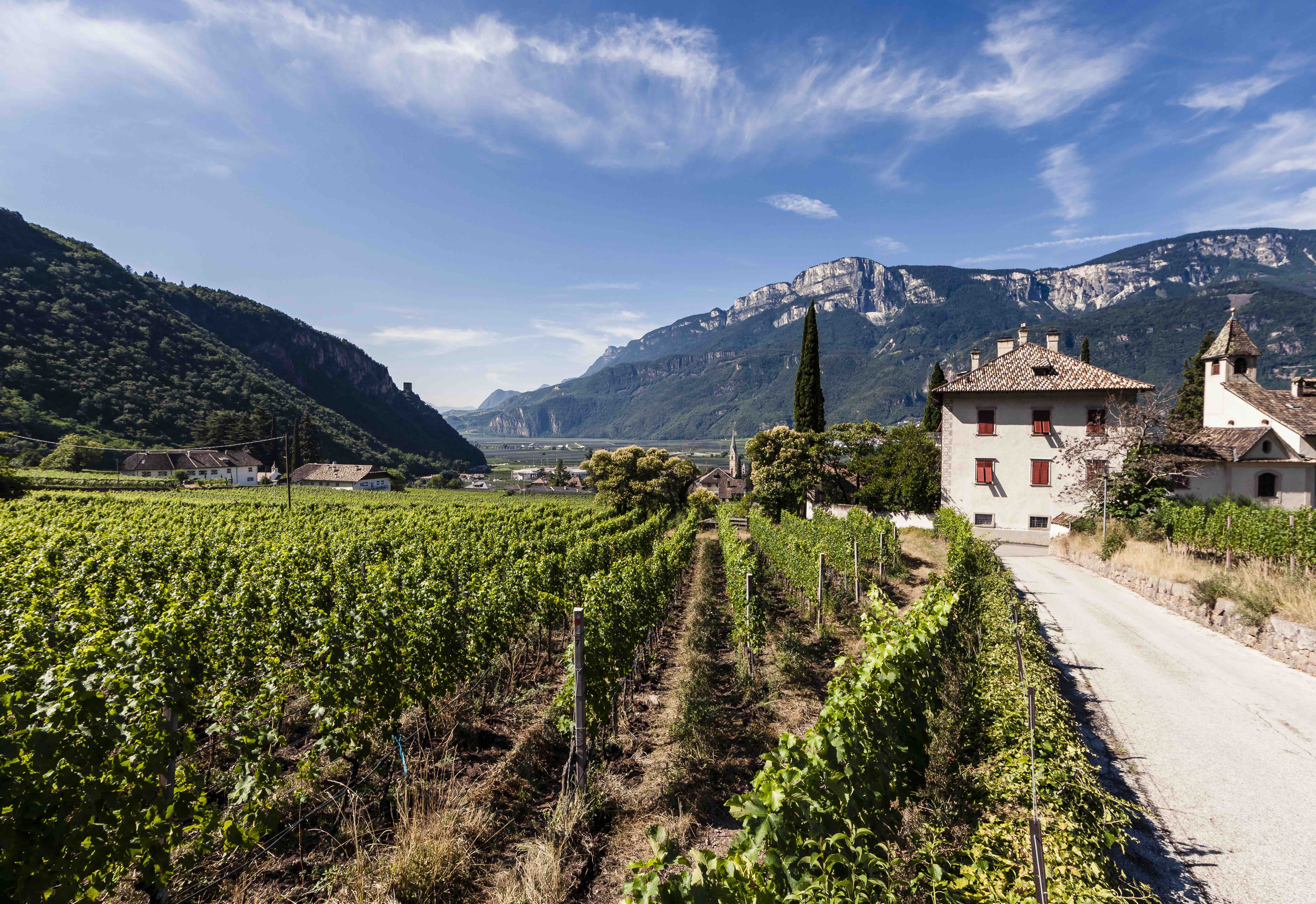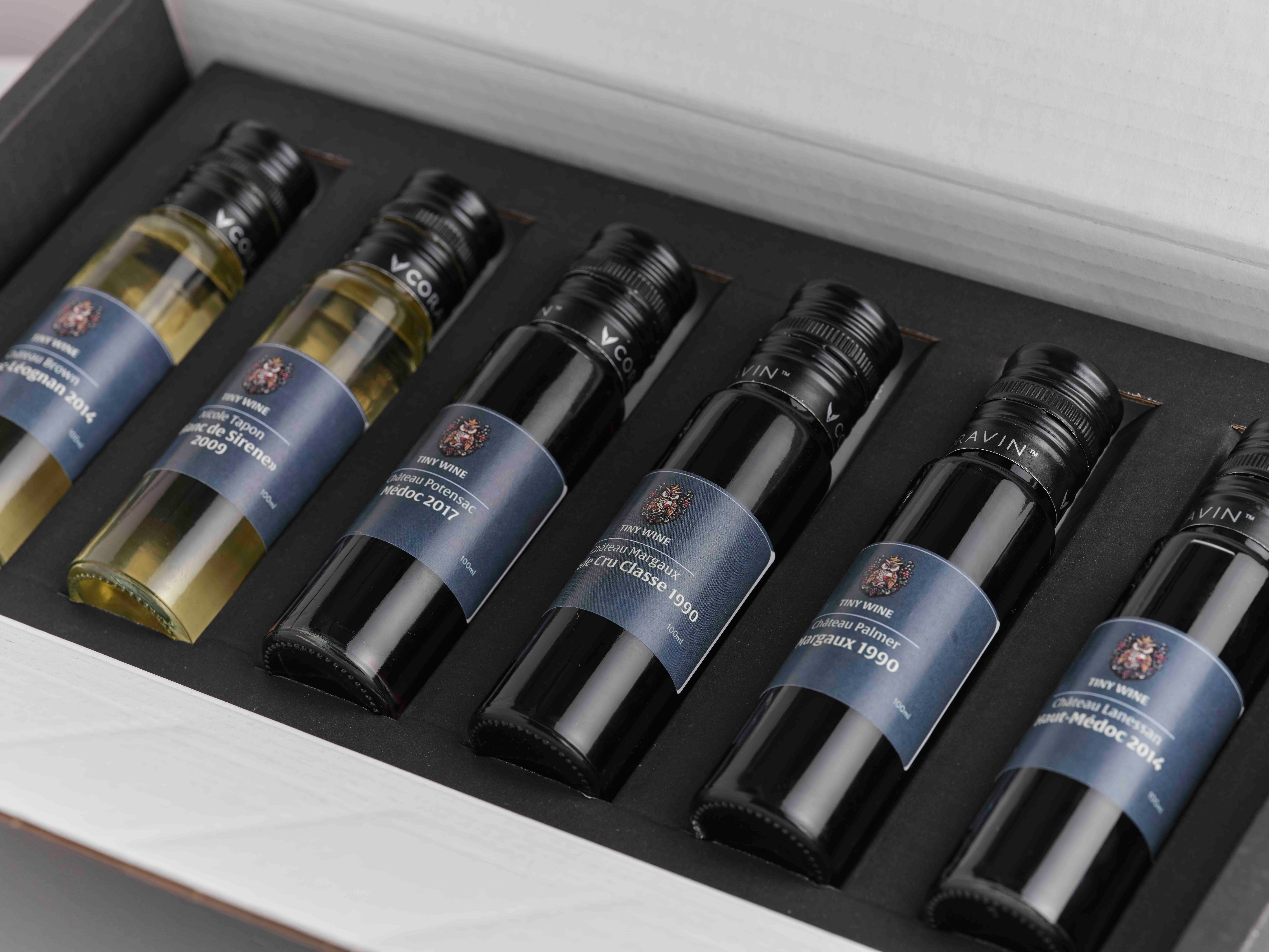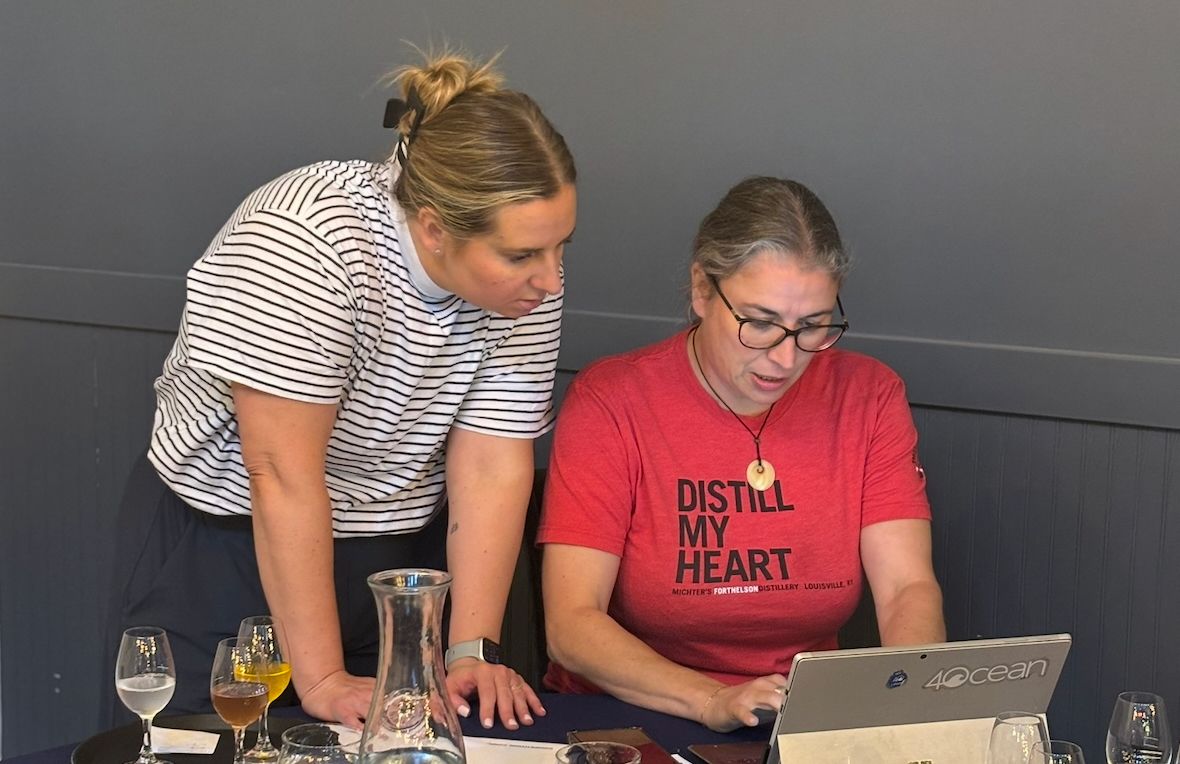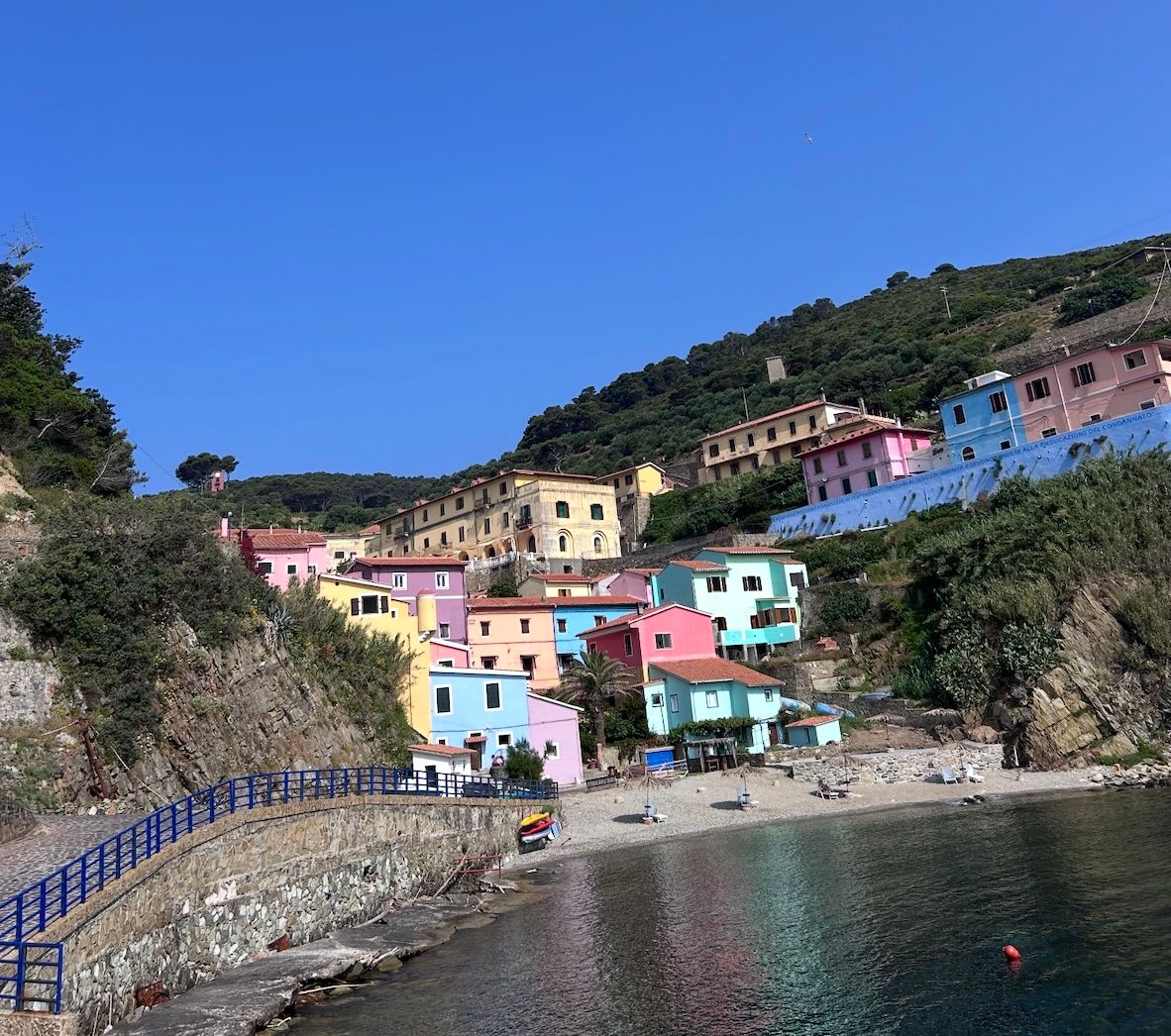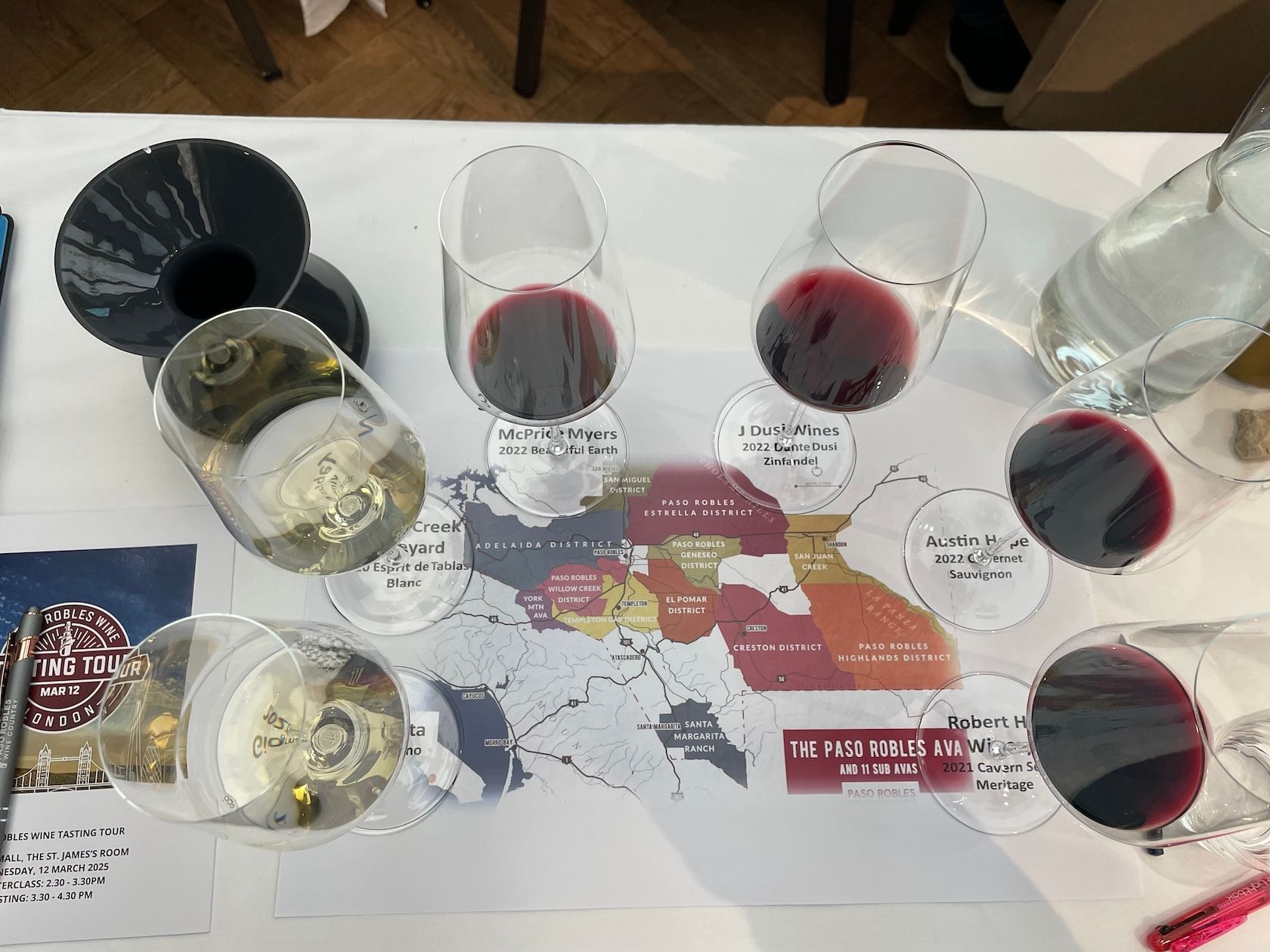The white wines from Northern Italy had structure, minerality and great balance at the Definitive Italian Wine Tasting.
Any wine tasting that calls itself Definitive is setting itself up for a fall, especially when Italy is represented by just 41 exhibitors. But the name came about says co-organiser Jane Hunt MW because 19 years ago the Italian trade organisation was not doing any kind of generic marketing. This tasting event was set up to remedy that and aid UK importers of Italian wine.
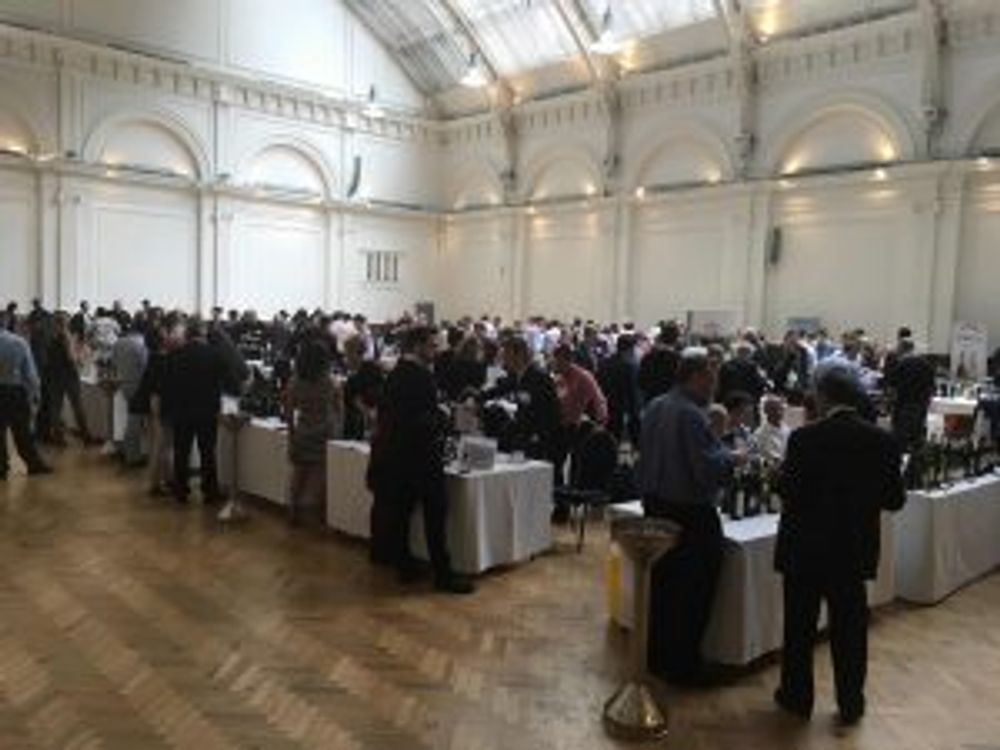
For its 18th year, the Definitive Italian Wine Tasting had a special focus on four areas that attendees may not be overly familiar with – Alto Adige, Friuli, Puglia and Veneto – as well as each exhibitor showing a range of wines that represented 18 wine regions.
The focus idea was an excellent idea – in fact large tastings that do not have some sort of ‘way through’ a large number of wines can often miss a trick and make the sheer volume of wine to taste seem insurmountable to wine buyers and press alike.
Of all the wines, the ones that were showing really well, provided the best value for money, and were most memorable were the white wines from the three areas that form the Tre Venezie region, Alto Adige, Friuli and Veneto, and the red wines from Puglia (covered in a separate post).
Alto Adige – a region where North becomes South
First then to the first Focus Region and Alto Adige a region I confess to not knowing a great deal about before the tasting and one that I vow to pay a lot more attention to, having tasted some of these extraordinary wines.
Alto Adige is the area between Austria and Switzerland but on Italian soil, a beguiling mix of alpine and Mediterranean influences as evidenced by some of the 11 main white wine grapes and 6 main red. The whites include Sylvaner, Veltliner and Pinot Grigio, the reds include indigenous grapes Schiava and Lagrein which stand side by side with international varieties such as Merlot and Cabernet Sauvignon.
There are only 5,300ha of vineyards in Alto Adige with 5,000 wine growers so you are talking about small artisanal producers with some large cooperatives too. The viticulture had a seismic change 30 years ago when smaller yields, single vineyard wines and general modernisation changed the reputation of the wines here.
On the evidence of the wines at this tasting, they have benefitted a lot (98% of the wines are DOC incidentally).
The white wines all had terrific structure, as you might expect from the altitude and the cooling influence of the mountains with a bright, linear acidity. But there was also an abundance of fruit and the aromatics on most of the wines were simply extraordinary and clearly typical of the region, particularly with the Sauvignon Blanc and Gewürztraminer.
A few that stood out included:
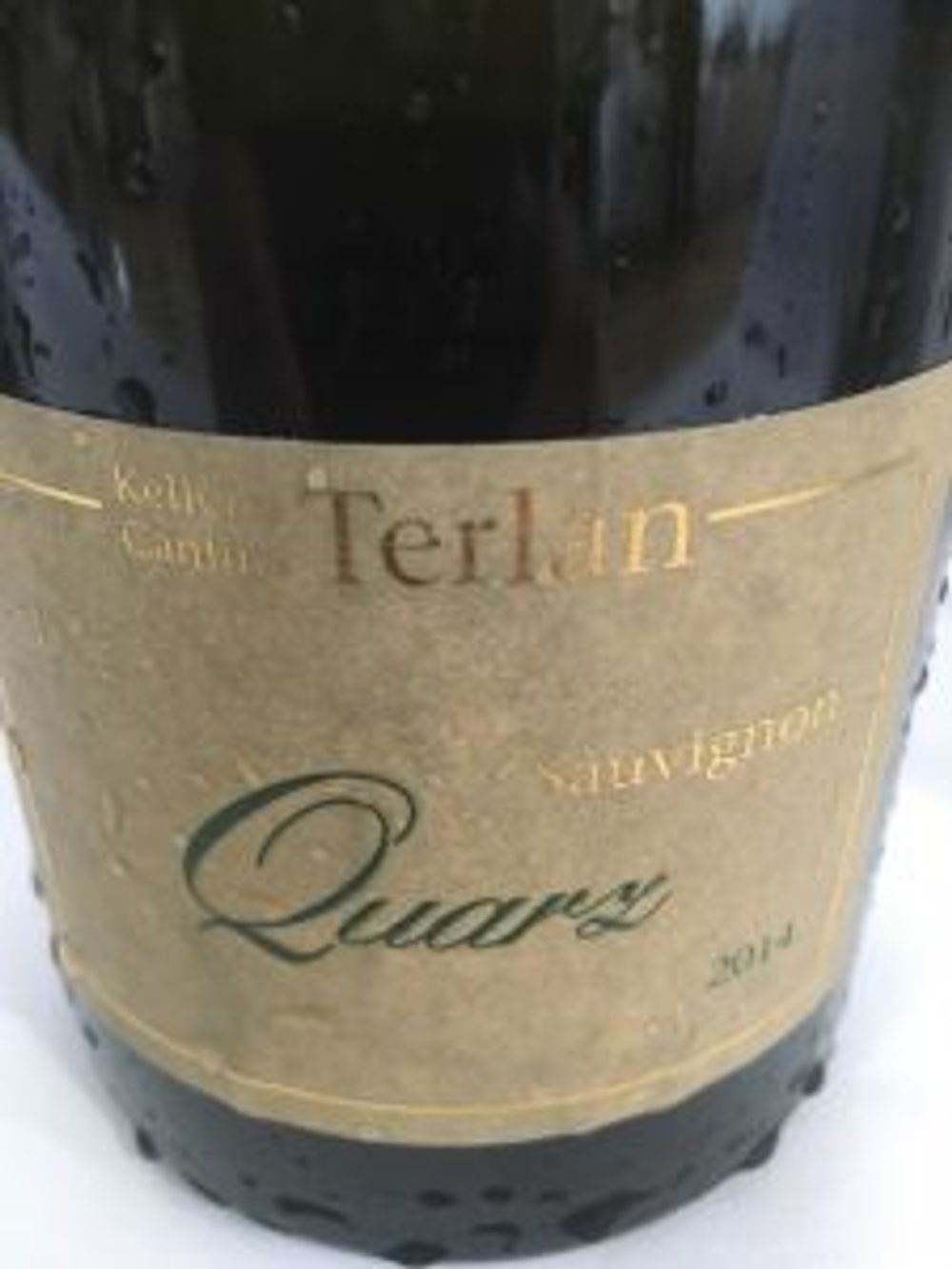
Alto Adige Terlano DOC Sauvignon Blanc “Quartz” 2014, Cantina Terlano
All of the Sauvignon Blancs I tasted from the region were a fine balance between Old World and New World – structured and grassy with hints of tropical fruits. It’s a complex, layered wine with hints of pineapple. Not cheap (£36RRP) but very distinctive.
Alto Adige DOC Gewurztraminer “Am Sand” 2014, Alois Lageder
This gives your nose a blast of incredibly rich fruit and spices – the mouthfeel is generous, honeyed and yet there is a citrus finish which makes it truly complete.
Alto Adige DOC Pinot Bianco “Sanct Valentin” 2014, Cantina Produttori San Michele Appiano
Really delicious, tight acidity and generous mouthfeel of ripe fruit (apples). Light straw colour.
The reds weren’t for me, largely Schiava and Lagrein which I found had mis-matching nose and palates. Both these grapes produce very light, Pinot Noir-coloured wine but with a shallow fruit profile and quite grippy tannins.
White wines from Friuli and Veneto
Although 40% of wine production in Friuli is red, mainly Merlot, it was the whites that stole the show at the tasting, made largely from Friulano, Pinot Grigio and Ribolla Gialla.
This region is in the farthest North East of Italy, bordering Austria, Slovenia and the Adriatic, with the best wine coming from the South facing slops of the Alps. Because it has the lowest productivity of anywhere in Italy (3.5 tonnes per acre) the higher prices of the wines reflects this.
Pinot Grigio Collio DOC 2015, Branko, Friuli
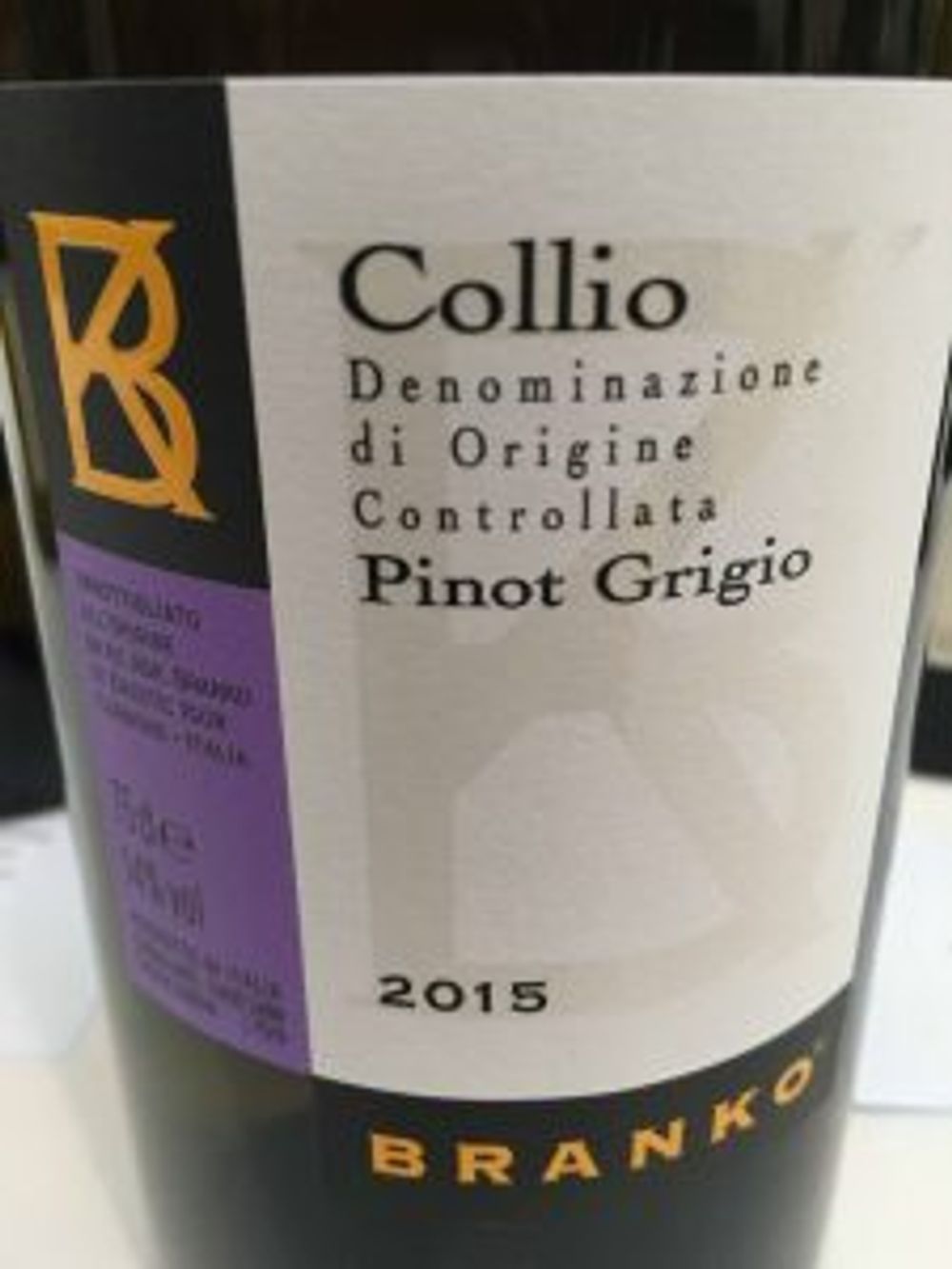
10% of this 100% Pinot Grigio is fermented in large French oak casks which gives the wine from this rising star of Collio, a strong savoury, herby nose and great structure. Rich with a long finish.
Broy’ Bianco Collio DOC 2013, Collavini, Friuli, Venezia Giulia
An interesting blend of 30% Chardonnay, 50% Tocai Friulano and 20% Sauvignon Blanc that has lots going on in both the nose and the mouth. The colour is deeper, there is a rich nose of balanced oak, honey and lemon with a clean, modern finish. The estate’s top white and rightly awarded the coveted 3 Bicchieri in the Gambero Rosso.
Pinot Grigio Ramato Collio 2014, Visintini, Friuli
This distinctive Pinot Grigio is ‘Ramato’ because of its pale copper tinge which comes entirely naturally from the skins of the grapes. The wine is textured has terrific balance, mineral acidity and sumptuous fruit flavours with pear turned up in the mix.
Fine and interesting white wine from Veneto
Home to Prosecco, Soave, Amarone and Valpolicella amongst others, the Veneto region is the largest producer of DOC wine in Italy.
You cannot write about Veneto wine without mentioning Valpolicella and Amarone, of which there were many fine examples at the Definitive Italian Wine Tasting almost all of which you really want to drink when they are beyond their primary characteristics in a number of years. My favourite was the Pra Morandina Valpolicella Superiore Ripasso 2014, Pra, Veneto that had an attractive lightness (despite its 15% ABV).
But, again, it was the white wines that really stood out in this region.
Silvola Rosato NV, Beato Bartolomeo, Veneto
This is what used to be called Pink Prosecco, an extra dry pink sparkling wine with an attractive raspberry nose and pretty palate. A possible choice if you’ve got two Proseccos on your list. A blend of Glera and Marzamino.
Pra Soave Otto 2015, Pra, Veneto
Made in the heart of the Soave Classico district this is a classy Soave with an attractive floral, slightly yeasty nose and abundant flavours – slightly candied, zesty lemon peel and a hint of almonds. 100% Garganega.
Monte Fiorentine’ Soave Classico DOC 2014, Ca’Rugate, Veneto
Top quality Soave Classico from this first rate producer. An attractive nose with exotic fruit, an ‘easy’ mouthfeel, very clean and pure minerality, great balance and a fine floral finish.
IGT Veneto Sauvignon ‘Vulcaia Fume’ 2013, Azienda Agricola Inama, Veneto
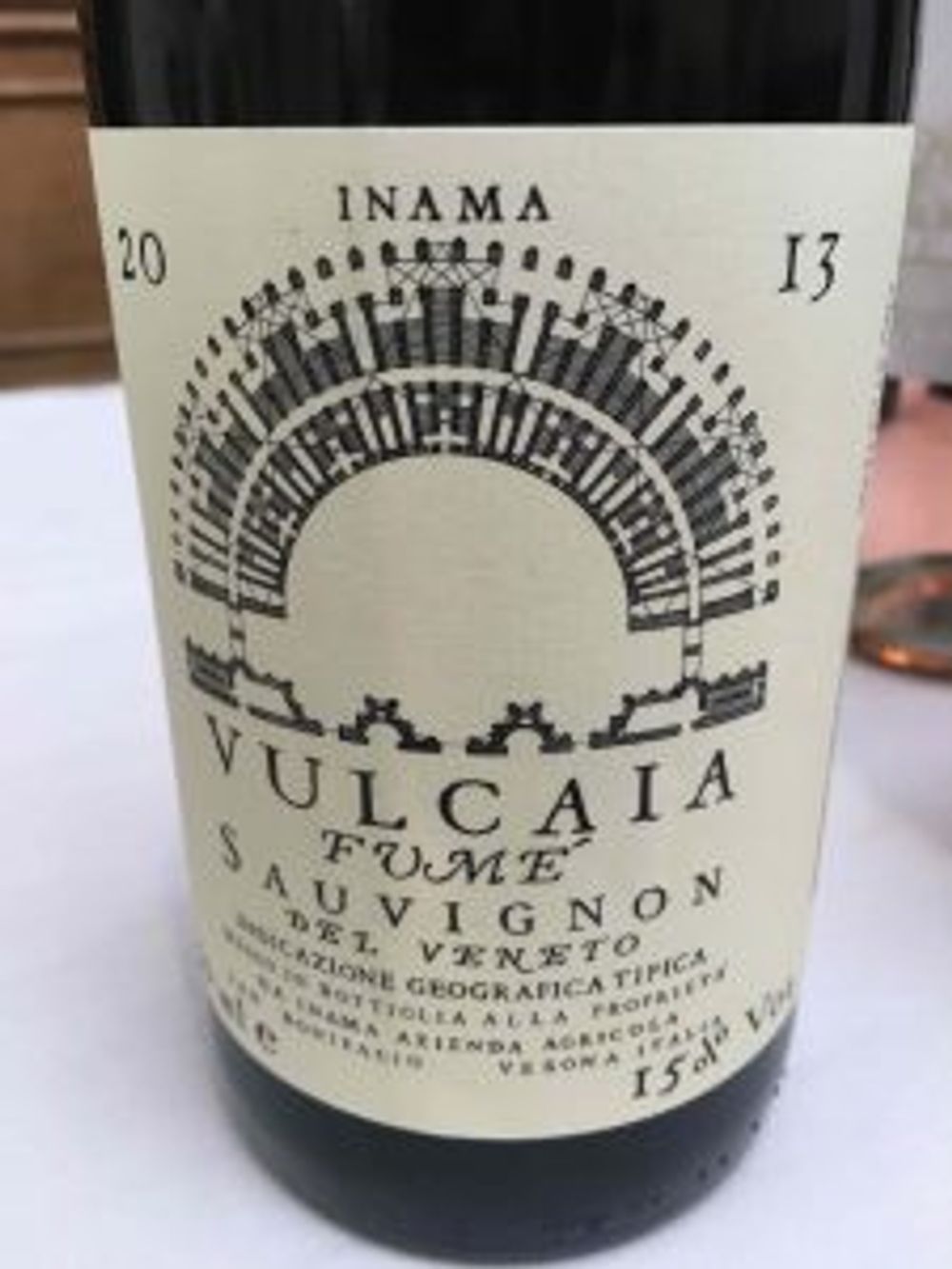
This 100% old vine Sauvignon Blanc wasn’t quite for me (especially at its £30RRP) but I can see the interest. The wine has had malolactic fermentation in barriques of which 25% is new French oak with a heavy toast and seven months battonage. A real Marmite wine.
